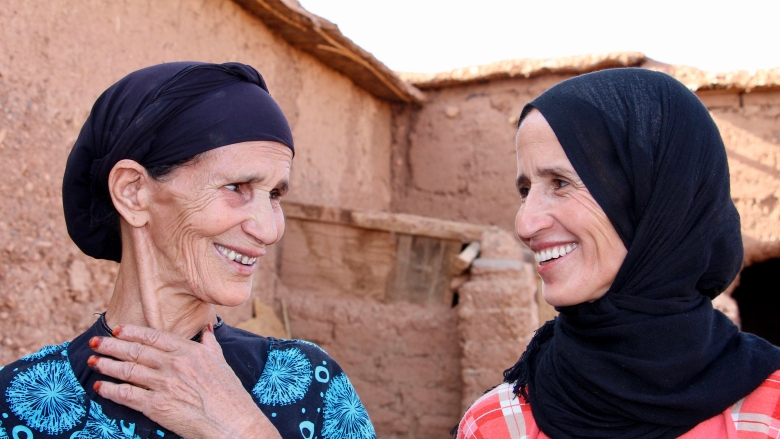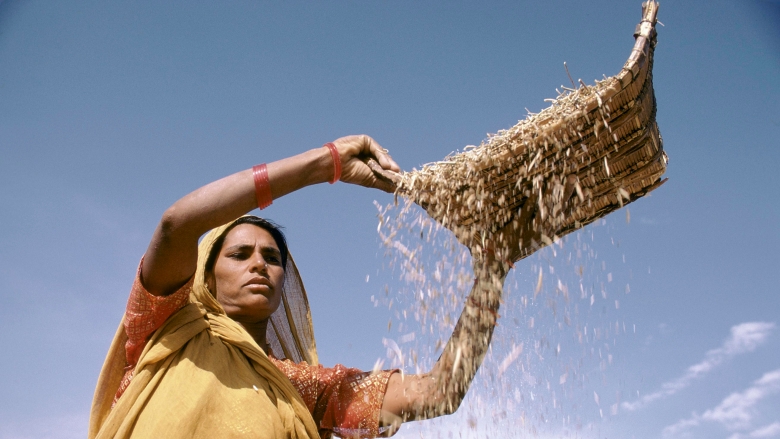Over the past year, pervasive challenges have undermined poverty reduction and inclusive growth. Most recently, COVID-19 and the associated economic crisis have reversed progress and revealed long-standing systemic inequalities and exclusion. The crisis is projected to increase extreme poverty by between 73 and 117 million people. Recent protests on racism and persistent discrimination also underscore structural barriers to opportunity and prosperity for so many.
A new Global Practice called Social Sustainability and Inclusion (SSI) – formerly known as Social Development – reflects the importance we place on addressing these barriers to development and strengthening our focus on people who have been excluded from economic and social opportunities. Here are five things you need to know about SSI.
#1: Social sustainability is about inclusive and resilient societies where citizens have voice and governments respond.
The building blocks of social sustainability are inclusive, just, and resilient societies where citizens have voice and governments listen and respond. Such societies support growth and poverty reduction today and into the future.
Social sustainability works alongside economic and environmental sustainability. In the past, the emphasis was on economic sustainability, and then on environmental sustainability, with increasing concerns over climate change and biodiversity loss. But with a growing awareness of the challenges of fragility, persistent inequality, and racial discrimination, social sustainability has been recognized as central to growth and poverty reduction.
The SSI GP helps marginalized and vulnerable people overcome obstacles that prevent them from fully participating in society and supports people’s efforts to shape their own future. It does so in three ways: creating more inclusive societies, enhancing the empowerment of citizens, and fostering more resilient and peaceful communities.
#2: Social inclusion is about creating opportunities for all people and addressing deep rooted systemic inequalities
Persistent discrimination and exclusion of the most marginalized come at a high cost to both people and the economy. Globally, the loss in human capital wealth due to gender inequality is estimated at $160.2 trillion. Afro-descendants continue to experience significantly higher levels of poverty (2.5 times higher in Latin America). 90 percent of children with disabilities in developing countries do not attend school. In many countries, it is especially difficult to tackle LGBTI exclusion, discrimination, and violence. To date, 70 countries continue to criminalize homosexuality.
The SSI GP focuses on increasing opportunities for all marginalized people to participate fully in markets, services, technologies, and society. In Panama, for example, this means working with Indigenous communities and their traditional leaders to improve the quality of health, education, water and sanitation services. In Bosnia, it means leading a study that shows the high socioeconomic costs of discrimination based on Sexual Orientation and Gender Identity.




